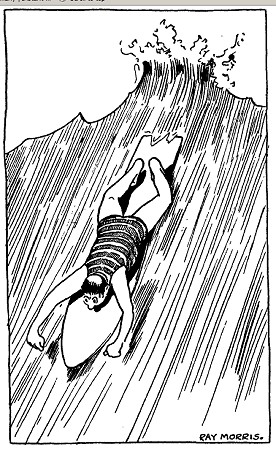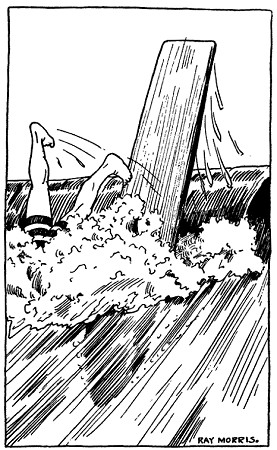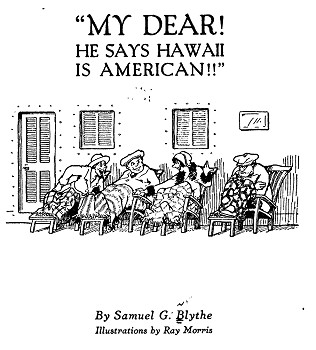
surfresearch.com.au
blythe : surfboard riding at waikiki , 1926
blythe : surfboard riding at waikiki , 1926
| home | catalogue | history | references | appendix |
 |
surfresearch.com.au
blythe : surfboard riding at waikiki , 1926 |
 |
"Now"- he said. Page 28 Then-plah! |
 |
 |
My Dear! He Says Hawaii Is American!! Illustrations by Ray Morris. Honolulu,: T.H., Published by Nelson "Pete" Pringle, Ann Arbor, Michigan: University of Michigan Library, c1928. University of Michigan Library http://name.umdl.umich.edu/AJA1760.0001.001 |

| home | catalogue | history | references | appendix |